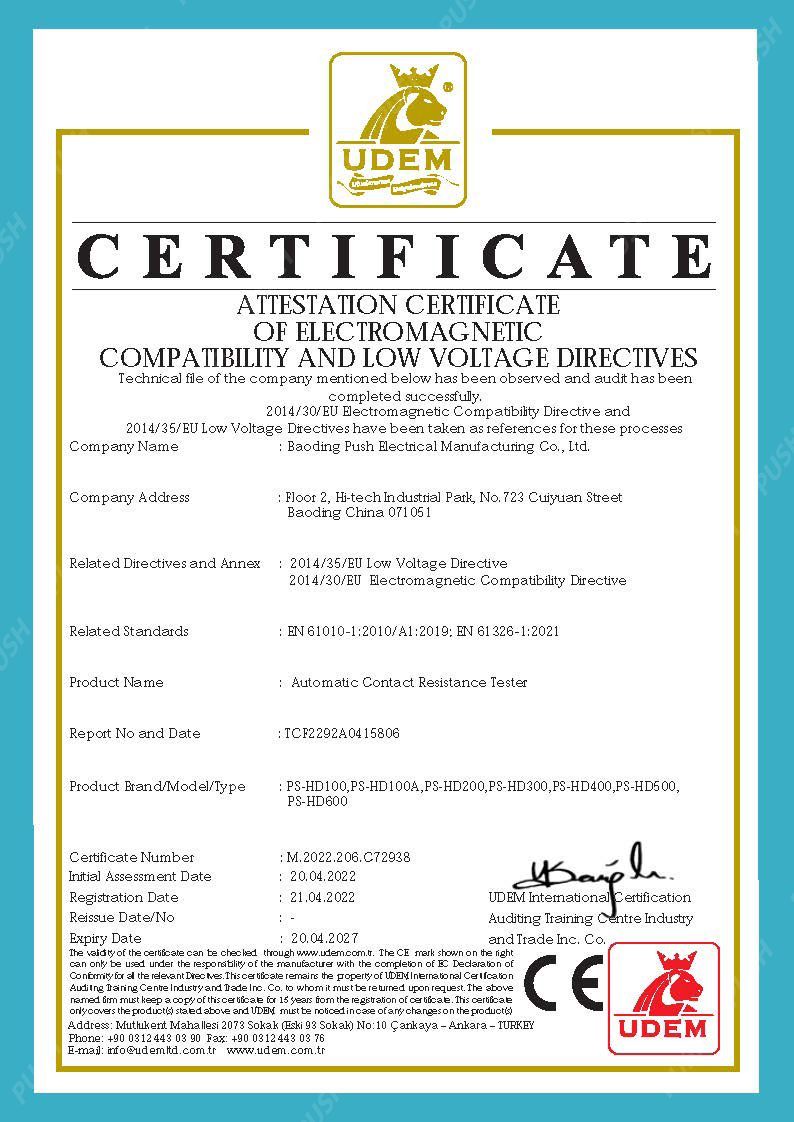 English
English


Transformer Paper Insulation Testing Methods and Best Practices for Improved Efficiency and Reliability
Understanding Transformer Paper Insulation Testing Importance and Methods
Transformers are an integral part of the electrical power distribution system, allowing for the efficient transmission of electricity over long distances. Central to the functionality of transformers is the insulation system, primarily composed of cellulose-based paper, which provides essential electrical insulation and thermal stability. Given the critical role of insulating materials in transformer performance, regular testing of transformer paper insulation is vital to ensure reliability and prevent catastrophic failures.
The Importance of Insulation Testing
In transformers, paper insulation is subjected to extreme electrical stresses, temperatures, and environmental conditions throughout its operational life. Over time, moisture, heat, and electrical stress can degrade the insulating properties of paper, leading to reduced dielectric strength and increased risk of insulation failure. Such failures can result in significant economic losses and safety hazards, making it essential to implement effective testing methods to monitor the condition of transformer insulation.
Regular insulation testing not only helps in identifying potential failures before they occur but also provides insights into the aging process of the insulation materials. By determining the condition of the insulation, operators can make informed decisions regarding maintenance schedules, replacements, and upgrades, thus prolonging the life of the transformer and ensuring uninterrupted power supply.
Testing Methods for Transformer Paper Insulation
Several methods are employed to test the integrity of transformer paper insulation, each providing different insights into its condition.
transformer paper insulation testing

1. Dielectric Strength Testing This method involves applying an electrical voltage to the insulation material until it fails. The voltage at which breakdown occurs is recorded as the dielectric strength. A higher dielectric strength indicates better insulation quality, while a lower strength may indicate deterioration and the need for further investigation or remediation.
2. Dissipation Factor (DF) Testing The dissipation factor measures the energy lost as heat in the insulation material when subjected to an alternating electric field. A high dissipation factor indicates the presence of moisture, dirt, or other contaminants, which can degrade the insulating properties of the paper. Regular measurements of the DF can indicate changes in the insulation condition over time.
3. Capacitance Measurement The capacitance of the insulation can provide insights into the moisture content and overall condition of the insulation. Changes in capacitance can be indicative of chemical degradation or physical damage to the insulating materials.
4. Thermal Imaging This non-destructive testing method uses infrared cameras to detect hot spots on transformer surfaces and terminals. Elevated temperatures can indicate insulation breakdown or failure. Regular thermal imaging can help identify problematic areas before they lead to major failures.
5. Furan Analysis Furan compounds can be produced as a result of cellulose degradation in transformer insulation. By analyzing the concentration of furans in the insulation fluid, operators can assess the extent of paper insulation deterioration. This method provides a qualitative measure of insulation health, allowing for proactive maintenance actions.
Conclusion
In conclusion, transformer paper insulation testing is a crucial aspect of transformer maintenance that ensures the reliability and efficiency of electrical power systems. Utilizing a combination of testing methods, operators can effectively monitor the condition of insulation, make timely maintenance decisions, and ultimately enhance the longevity of transformers. As the demand for electricity continues to grow, ensuring the integrity of transformer insulation will remain a critical focus for electrical utilities worldwide. By investing in regular insulation testing, power companies can safeguard their infrastructure and provide consistent, high-quality service to their customers.
-
Differences between open cup flash point tester and closed cup flash point testerNewsOct.31,2024
-
The Reliable Load Tap ChangerNewsOct.23,2024
-
The Essential Guide to Hipot TestersNewsOct.23,2024
-
The Digital Insulation TesterNewsOct.23,2024
-
The Best Earth Loop Impedance Tester for SaleNewsOct.23,2024
-
Tan Delta Tester--The Essential Tool for Electrical Insulation TestingNewsOct.23,2024





